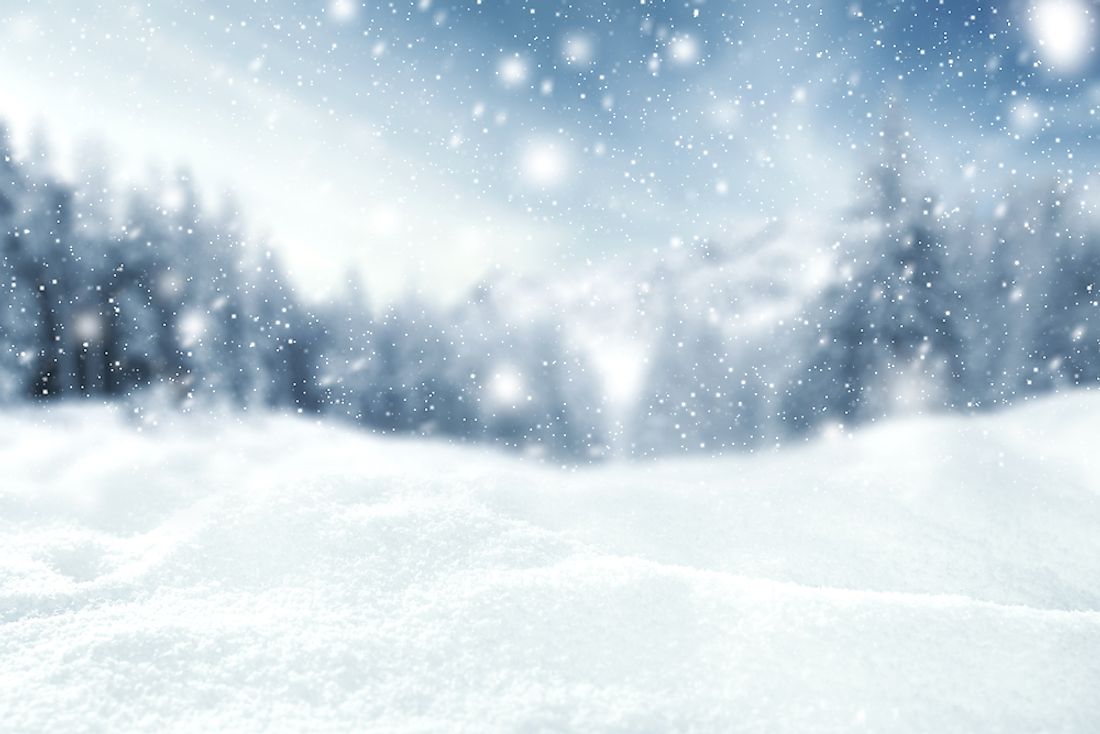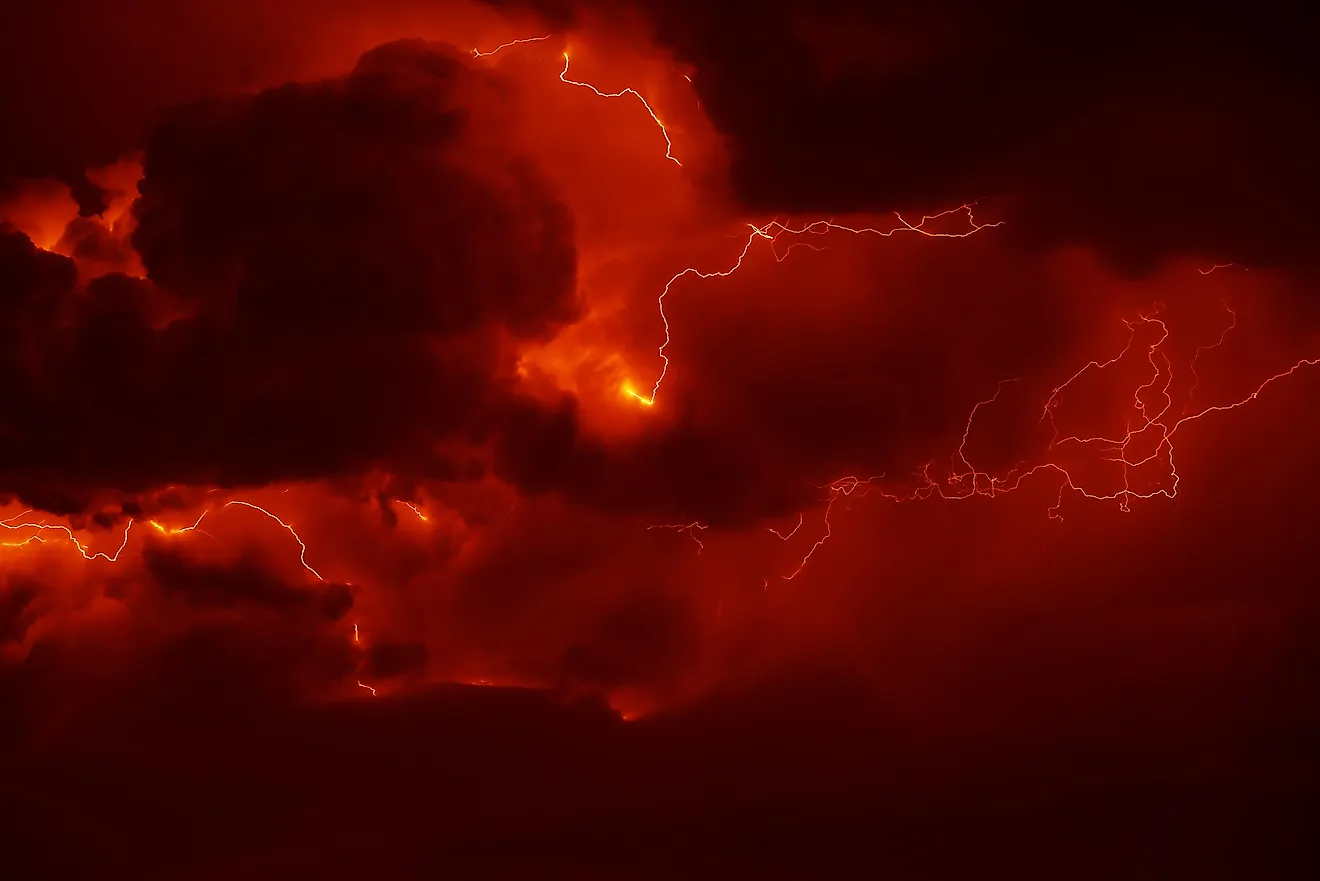How is Snow Formed?

Snow refers to a type of ice crystals precipitated from the atmosphere which experience numerous changes upon falling on the surface of the earth. When talking about snow, it is important to remember that it is related to the entire life cycle of water that is from liquid state through solid and finally back to vapor.
Snow is formed when the weather is cold enough to allow it. In the places where there are lengthy periods of cold weather, such as two years or more, then a glacier may be formed; this happens in few places though. For most places, the snow melts away as summer approaches. This water is then evaporated back into the atmosphere and the cycle continues.
Snow Formation
There are a few conditions that must be met for snow to be formed. First of all, the atmospheric temperature must be low enough. Contrary to popular belief, the temperatures do not need to be below zero for snow to form. The requisite temperature is below 2⁰ Celsius. Since snow is made out of water vapor in the atmosphere, it holds the simple logic that water vapor should be present. Lastly, the ice crystals must collide so that they form even bigger ice crystals called snowflakes. The reason for this last requirement is rather simple. For snow to form, the ice crystals must fall to the ground. However, by themselves they are not heavy enough to be pulled by gravity. On the other hand, snowflakes are heavy enough.
“Wet” and “Dry” Snow
These two terms can be misleading. Snow is water in the solid state so it can be confusing when snow is defined as "dry" or "wet". Snow is defined as wet if there is a presence of water. In the context of snow formation, "dry" and "wet" are not used literally. Instead, they are used to provide a distinction based on how each type of snow is formed and the resulting property of either type.
When the snowflakes are formed in the atmosphere, gravity takes over. If snowflakes fall through air that is dry, the outer parts of the snowflakes will dry up. Consequently, the adhesion between the snow particles will be weaker. The resulting snow will be less compact and light, in fact, it will be light enough to be blown by winds. This snow is very suitable for ice sports and is called “dry” snow.
If temperatures are slightly warmer than 0⁰, then the snowflakes falling through the air will slightly melt. They become watery on the outside and the water on the outside the snowflakes allows for more cohesion between water particles. The resulting snowflakes are bigger but also more compact. The ice formed also bears the characteristics of its snowflakes. This kind of snow is useful for fun activities like making a snow man due to its compactness. This type of snow is described as wet.











